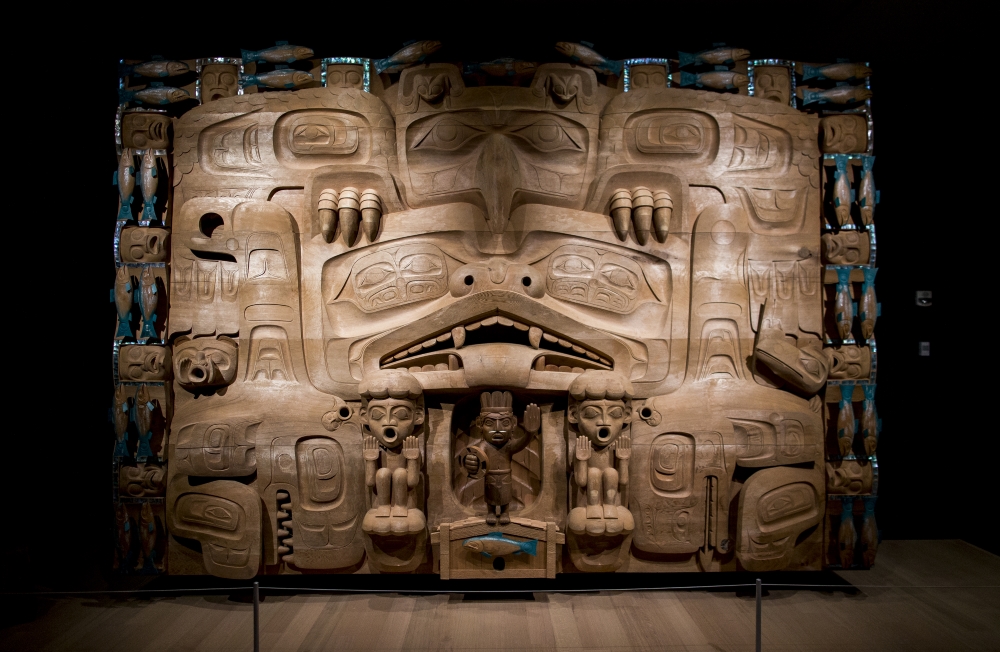The Permanent Collection
After years of collecting and living with the rich artistic heritage of the province they love, Audain and his wife Yoshiko Karasawa decided to donate their collection to the public by creating a cultural hub featuring their boutique collection of British Columbia art.
Situated on the shared, unceded territory of the Sḵwx̱wú7mesh (Squamish) Nation and Lil̓wat7úl (Lil’wat) Nation, the Museum’s Permanent Collection celebrates artistic difference in BC from the late 18th century to the present. Anchoring the collection is The Dance Screen (The Scream Too), a finely carved red cedar dance screen by James Hart, Chief 7idansuu.
The Building of the Audain Art Museum
In this video, Michael and Yoshi take you on a journey through the building of the Audain Art Museum, including the development of the Permanent Collection. Follow along as they talk about James Hart’s masterpiece, The Dance Screen (The Scream Too), the collection of Emily Carr and post-war modernist Gordon Smith.
Learn more about the award-winning architecture of one of Whistler’s most stunning buildings.
About The Dance Screen
Unprecedented in contemporary Northwest Coast art, James Hart’s elaborately carved cedar dance screen is unique in both the depth of the carving and the free-standing design. One of Hart’s most important works to date, the carving represents a strong connection to the traditions of the Haida.
The Dance Screen (The Scream Too) depicts many traditional Haida beings and emphasizes the fundamental role of the salmon within Haida society and ecosystems. Many of the figures are shown speaking or calling out, acknowledging concern for the salmon who are threatened by environmental factors.
Both a barrier and a doorway, the work declares the existence of both the spirit realm and the human realm. When danced, the screen allows for a transition between these two realms.
Hart also positions this major Haida artistic achievement within an uncommon postmodern context with reference to the iconic artwork by Edvard Munch, The Scream. This positioning makes a statement about traditional Haida life and culture, both past and present.
With the Foundation Maeght in southern France and the Louisiana Museum of Modern Art in Denmark as their inspiration, Audain and Karasawa worked with award-winning architects John and Patricia Patkau to realize their vision for a museum in a natural setting, where visitors can quietly contemplate the art. The wide range of the Museum’s holdings offers a mesmerizing visual journey for its visitors. Visit the Permanent Collection to experience more.
